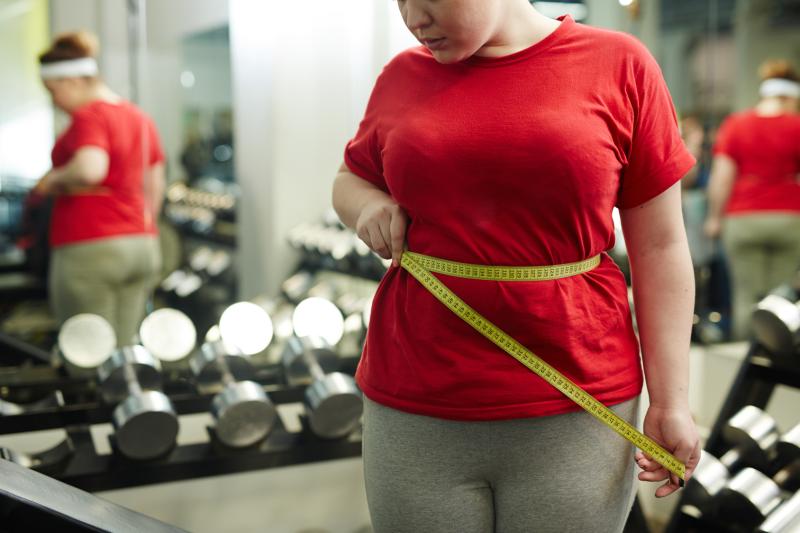 Powering it through: Patients battling with obesity need more than just exercise and a healthy diet.
Powering it through: Patients battling with obesity need more than just exercise and a healthy diet.Obese people are at greater risk of complications after plastic and reconstructive surgical procedures, a recent paper has found.
Researchers conducted a retrospective analysis of 55,585 patients who had undergone plastic or reconstructive procedures of the breast or abdomen. Of these, 36 percent (n=20,047) had body mass index (BMI) exceeding 30 kg/m2 and were identified as obese. Participant data were obtained from the National Surgical Quality Improvement Program Database.
Comorbidities were more common among obese patients. This included congestive heart failure, hypertension, bleeding disorders, diabetes and chronic obstructive pulmonary disease.
Similarly, complications occurred significantly more frequently among those who were obese (10.4 percent vs 5.9 percent; p<0.001). Specific complications reported included blood loss requiring transfusion, deep vein thrombosis, pulmonary embolism, return to the operating room and wound complications.
Conversely, the median BMI of patients who did vs did not develop complications was significantly higher (30.0 vs 27.5 kg/m2; p<0.001). Scatter plot analysis confirmed this, finding that the complication rate increased with BMI.
Disaggregation according to site of surgery uncovered a potential modifying effect. Obese patients who had undergone abdominal surgeries were 5.6 and 3.2 times more likely to experience a wound complication or any complications, respectively.
“Despite these findings, obesity should not be considered an absolute contraindication to plastic surgery,” the researchers said. “Rather, surgeons and their patients should be aware of these risks and take them into consideration when electing to undergo plastic and reconstructive procedures in high-risk patients.”